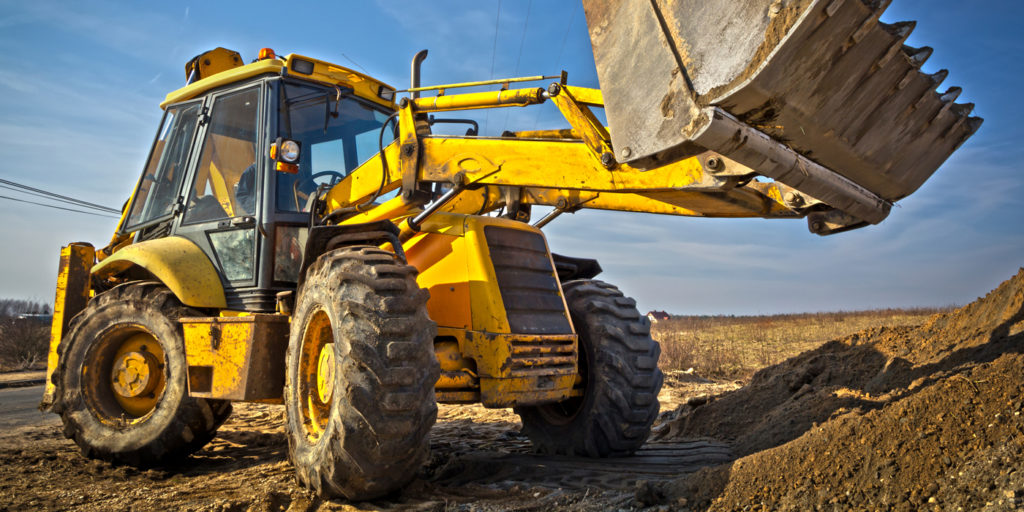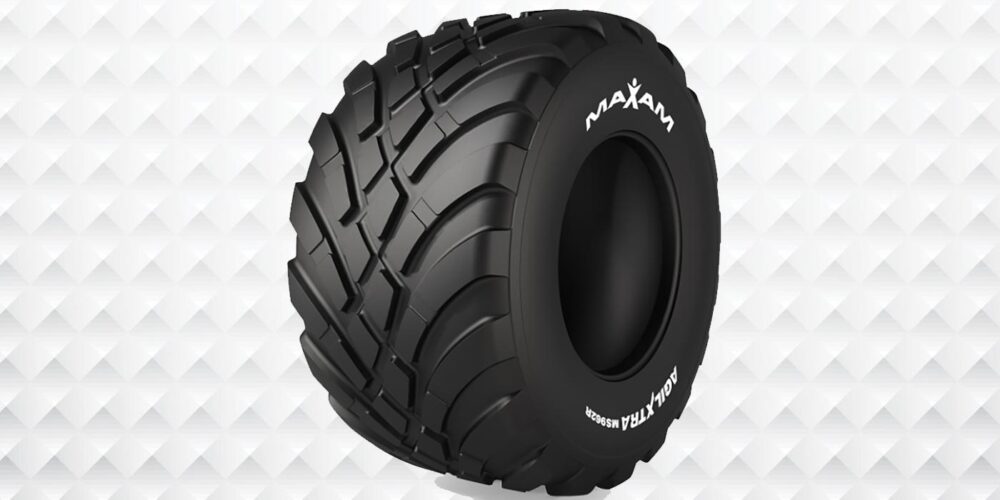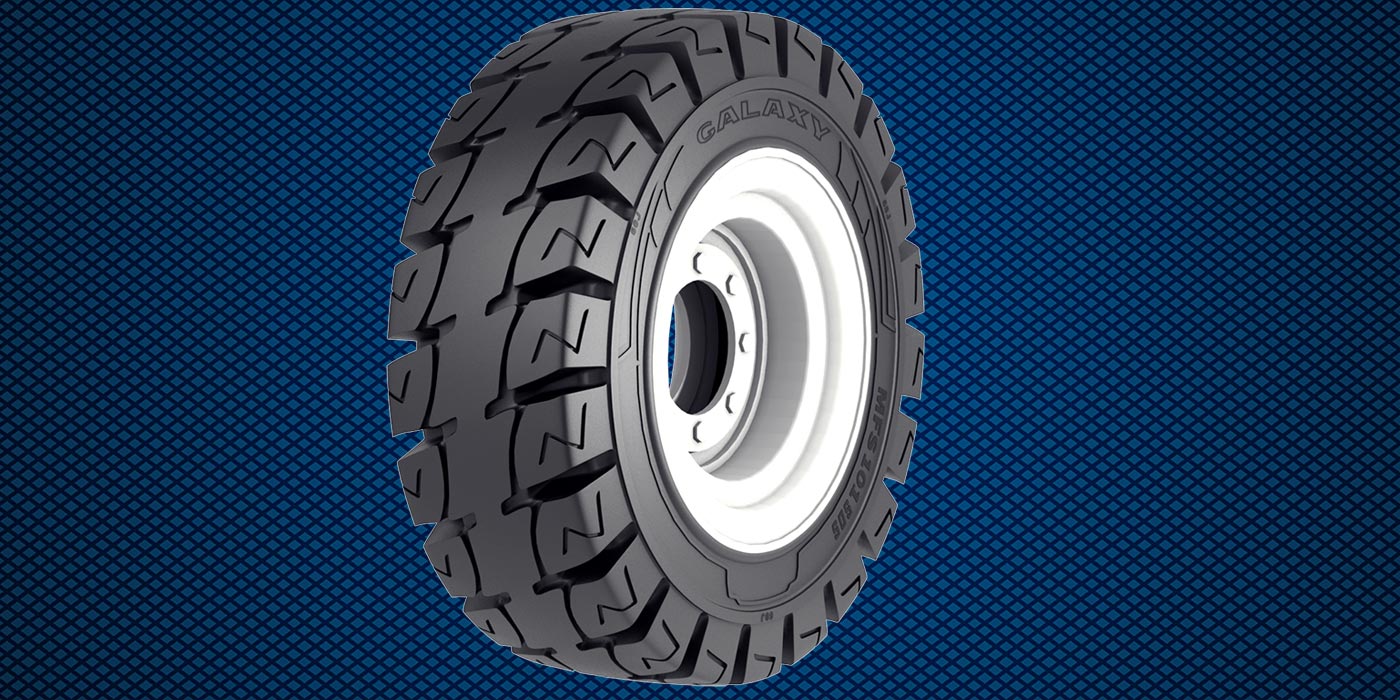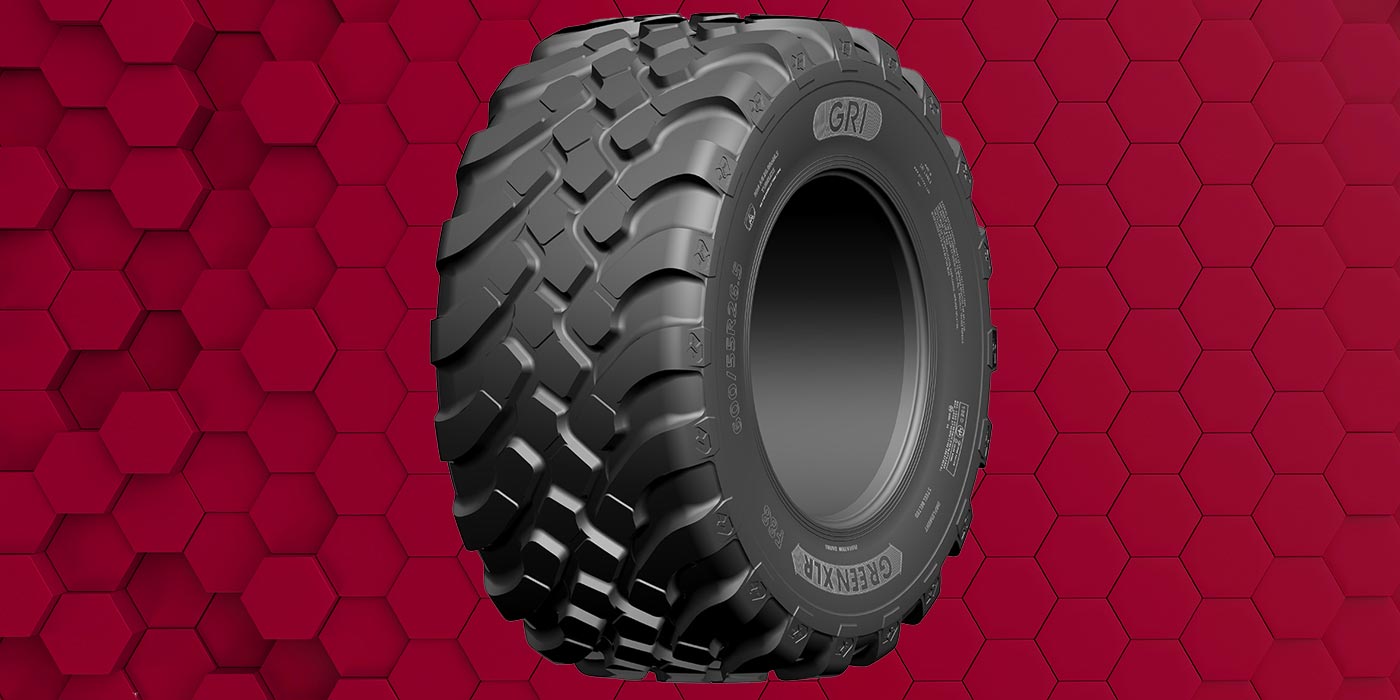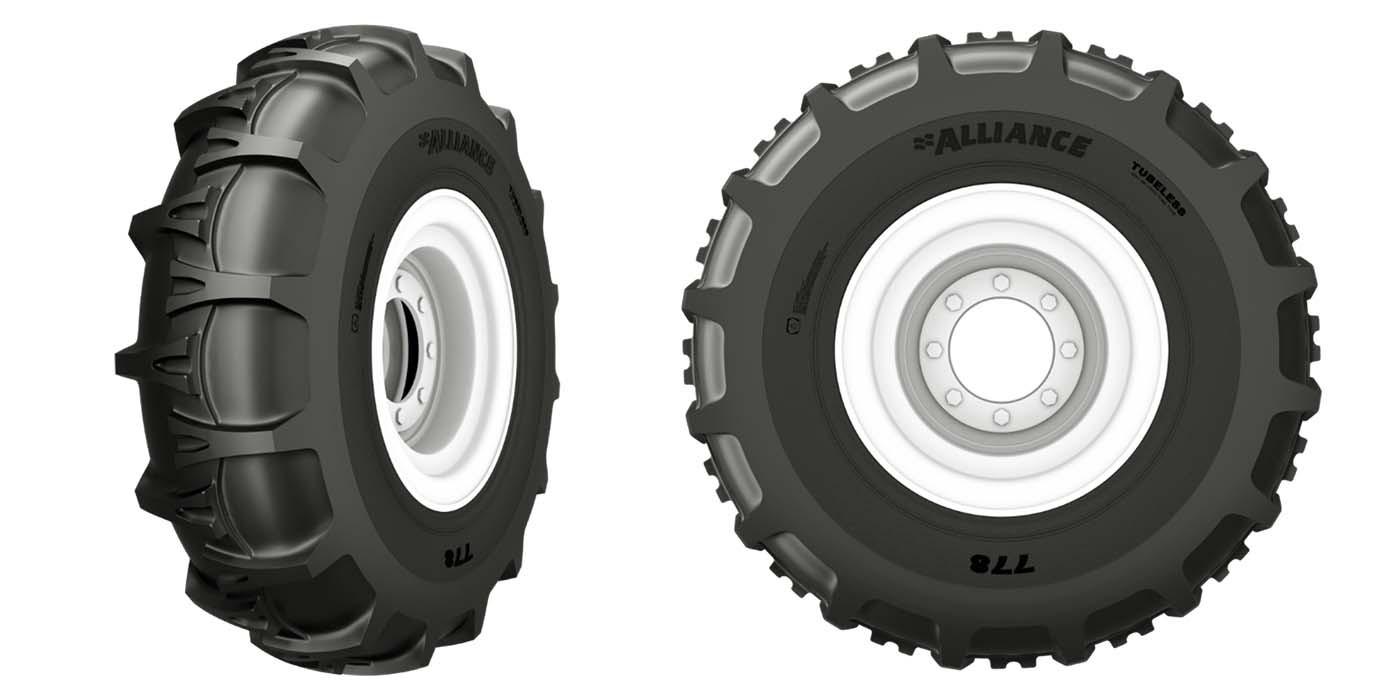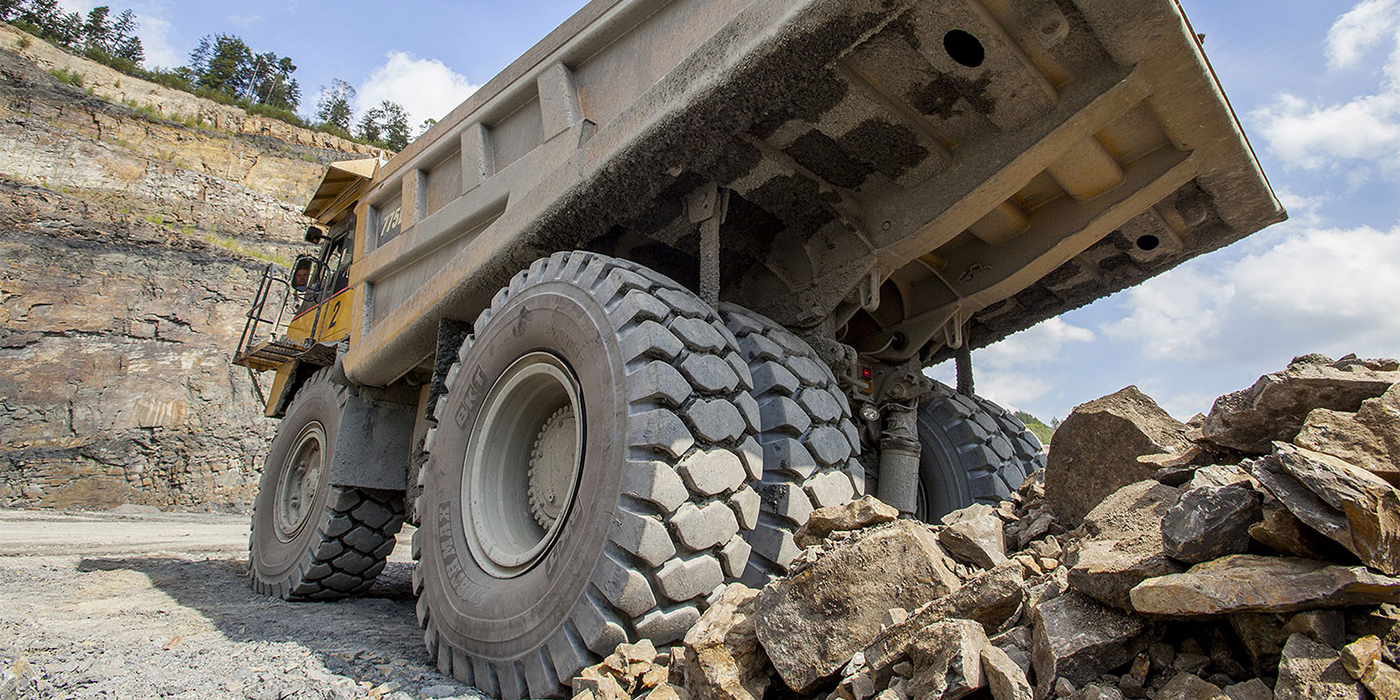Tire selection is one of the most important line items on any Off-the-Road (OTR) equipment operator’s financial spreadsheet. Price matters, especially in today’s cost-conscious budget expenditure climate, but so does quality, performance and worker safety.
All of these factors are important to successful operations. Managing an effective bottom line was hard enough prior to 2020, but now, in light of the current COVID-19 environment, it’s absolutely critical that jobsite and safety managers become increasingly savvy when it comes to smart resource and logistics decisions—especially within the OTR, construction and equipment rental sectors. Transportation is a key aspect of project management that warrants careful purchasing and buying protocols, along with advanced research.
Selecting the right tires for the heavy commercial/industrial equipment that keeps any construction site humming is essential. The proper functioning of “big machines” in particular is integral to jobsite success. Their continued productivity keeps projects on track, a tight workflow underway and budget managers “out of the red.” The strong, around-the-clock functionality of these core vehicles—which busy construction site operations depend on—seems to “ride upon” good tire choice in more ways than one.
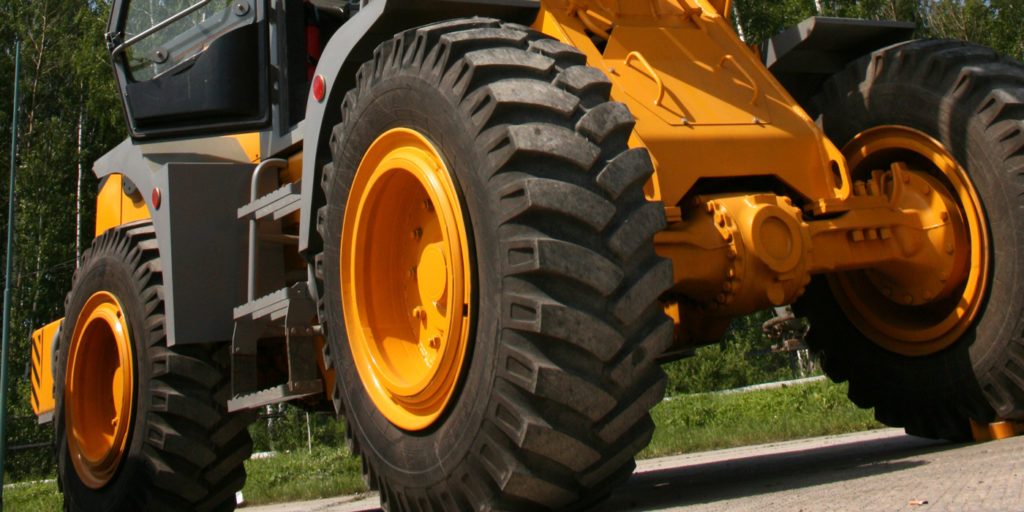
There are three primary industrial-grade tire technologies available on the market today: pneumatics, solid apertures and tire (or “foam”) fill. Air-filled pneumatic tires offer a smooth, non-jarring and quality ride, but they can be challenging and risky (in terms of tire flat prevention) for a busy construction site. Typical work area debris—such as nails, sharp rocks, glass and rebar—can play havoc on any operator’s schedule and budget, as one wrong turn can quickly cause an unwanted tire puncture and literally deflate project expectations.
Solid tires, on the other hand, offer a road-worthy, sturdy constitution and have the positive upside of preventing tire flats. They can, however, be expensive, and, at times, overly heavy and cumbersome to maneuver, especially on an incline. Additionally, riding on solid tires (which can generate more cross-axle G-force vibration) seven to eight hours a day behind the wheel can fatigue operators who take on excessive bumping and jolting over rugged terrain.
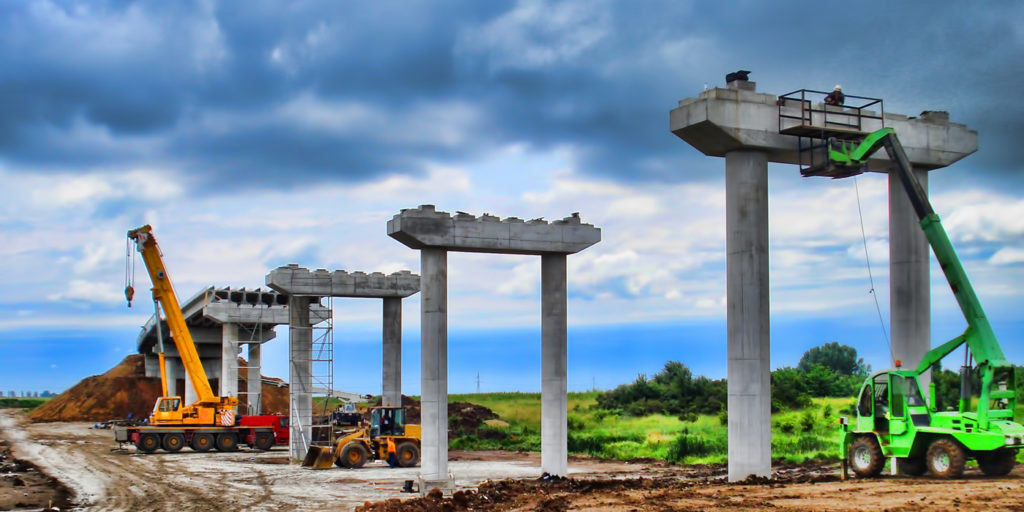
Tire fill offers a hybrid solution. Liquid polyurethane is pumped into a traditional pneumatic tire through the valve stem. Then, the tire is pressurized to its operating pressure by using the urethane. Within 24 to 48 hours, the mixture cures to a synthetic elastomer core. Tire fill offers the comfort of a smoother ride while also mitigating unwanted bumpiness and transferred vibration.
Flatproofed tires withstand a debris-cluttered worksite—gliding over foreboding objects that could otherwise stall an essential piece of equipment. As such, this technology can help reduce operator losses and defray potential manpower and productivity downtime that would occur if vehicles such as bulldozers, excavators and telehandlers are sidelined. When a heavily relied-upon vehicle incurs an unexpected tire flat, the entire job site can be compromised. A tire incident on a large OTR vehicle can disrupt the stability of the equipment and potentially put employees at risk.
Tire-filled pneumatics also allow for customized durometer selection, which enables operators to tailor tire technology for specific job applications and vehicle use. Savvy project managers know that having on-site transportation in good working condition is critical.
According to an April 2020 study in the International Journal of Engineering Research and Technology (IJERT), “cost efficiency is a main criteria of construction equipment management. Another major characteristic of effective construction equipment management is defensive maintenance, which can help to save a lot of time, cost and reduce delays in project.” The last thing that any construction industry budget manager wants to see is a delay—especially if activity grinds to a surprise halt from something that is largely preventable, like a tire flat.
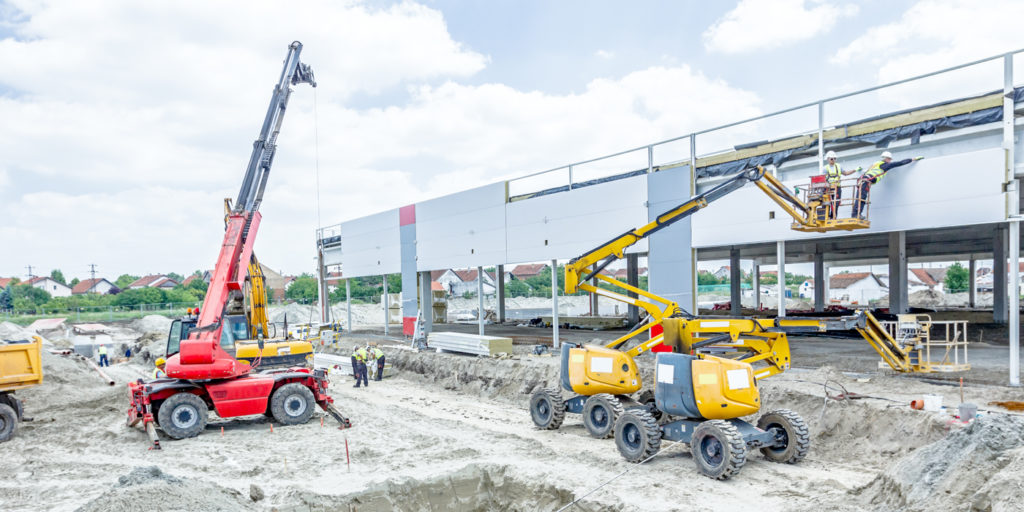
The industry has been hit hard by economic effects of COVID-19 with adjusted growth expectations and reduced contract acquisition. Companies are already working diligently to maintain proper social distancing, PPE compliance and more. Good transportation protocols can help keep operators protected from accidents and injury—and this includes determining the most appropriate and safest tire solution for each particular use and application. During this and any other era, a tire selection that will prevent flats and keep workers and expensive equipment out of harm’s way is a win-win for all. Also, given the challenges posed by coronavirus, it is all the more imperative that safety precautions be observed across the job site—with transportation considerations being front and center.
With no direct end point of COVID-19 in sight, OTR operators will be well served to carefully evaluate tire technology options and make selections that can deliver a pre-emptive two-fold punch against revenue loss and potentially higher employee injury on the job. These dual-risk factors undermine both profitability and, most importantly, safety—two things that most everyone in the industry is likely struggling to protect during an already strained and challenging fiscal year.
Carlisle TyrFil (www.CarlisleTyrFil.com) is a global supplier of polyurethane-filled tire technology—formulated to improve safety and increase productivity in demanding OTR applications—and other integrated tire care solutions.

